Home>Gardening & Outdoor>Pool & Spa Care>How To Use A Pool Cleaner
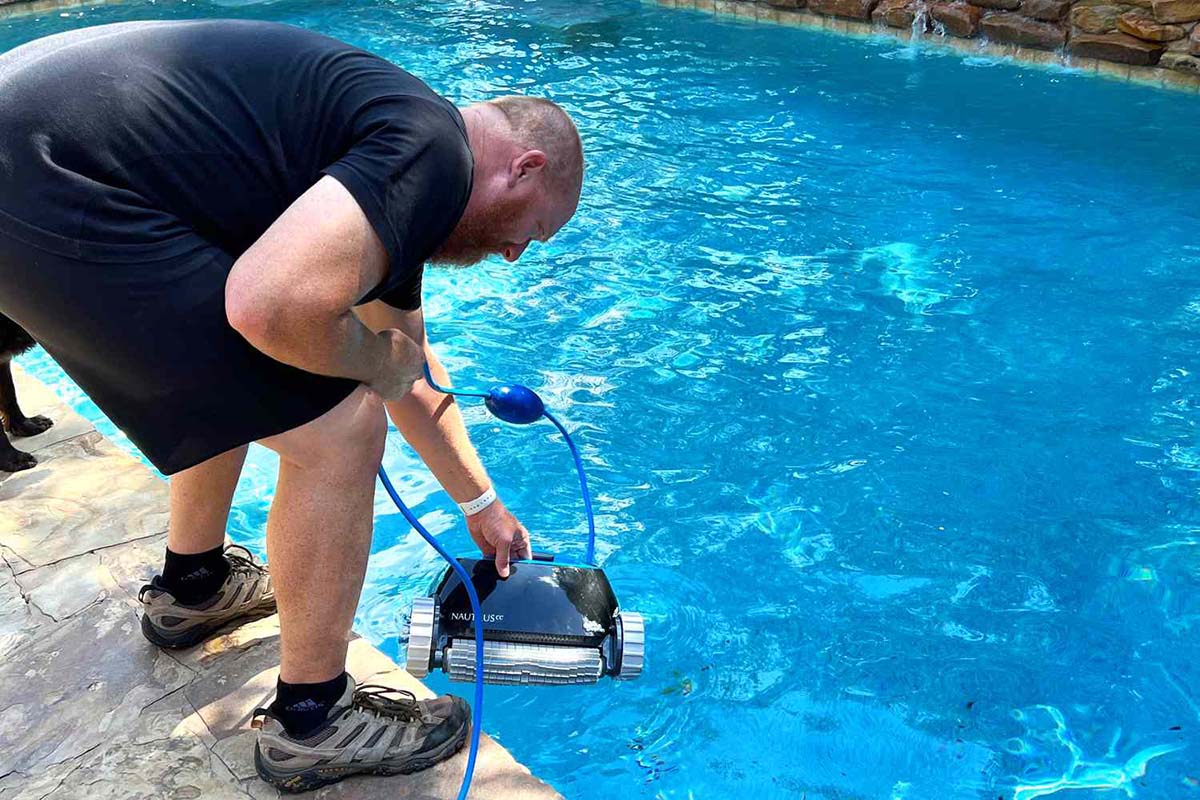

Pool & Spa Care
How To Use A Pool Cleaner
Modified: March 2, 2024
Learn how to effectively use a pool cleaner for optimal pool and spa care. Discover expert tips and techniques for maintaining a clean and healthy pool.
(Many of the links in this article redirect to a specific reviewed product. Your purchase of these products through affiliate links helps to generate commission for Storables.com, at no extra cost. Learn more)
Introduction
Welcome to the wonderful world of pool ownership! Whether you have an above-ground pool for family fun or an in-ground oasis for relaxation, keeping your pool clean and inviting is essential for a great swimming experience. One of the best tools for maintaining a sparkling clean pool is a pool cleaner. In this article, we will explore the different types of pool cleaners, how to set them up, use them effectively, and keep them in top condition. By the end, you’ll have all the knowledge you need to make pool maintenance a breeze and ensure your pool is always ready for a refreshing dip.
Key Takeaways:
- Keep your pool clean and inviting with the right pool cleaner. Choose from robotic, pressure-side, suction-side, or manual vacuums based on your pool’s needs and enjoy a sparkling swimming experience.
- Maintain your pool cleaner for optimal performance. Establish a cleaning schedule, monitor operation, and perform regular maintenance to ensure a consistently clean and inviting swimming pool for endless enjoyment.
Read more: How To Use Baracuda Pool Cleaner
Types of Pool Cleaners
When it comes to pool cleaners, there are several types to choose from, each with its own unique features and benefits. Understanding the differences between these cleaners will help you select the one that best suits your pool’s needs:
- Robotic Pool Cleaners: These high-tech cleaners are self-contained, running on electricity and equipped with their own filtration system. They efficiently scrub and vacuum the pool’s surfaces, collecting debris in a built-in filter. Robotic cleaners are known for their thorough cleaning and energy efficiency.
- Pressure-Side Pool Cleaners: These cleaners use the water pressure from a dedicated booster pump or the pool’s circulation system to move around the pool, collecting debris in a filter bag or a separate debris container. They are effective at picking up larger debris and can help distribute clean water throughout the pool.
- Suction-Side Pool Cleaners: These cleaners connect to the suction side of the pool’s circulation system, using the power of the pool pump to maneuver and vacuum debris. They are ideal for picking up small to medium-sized debris and are generally more affordable than robotic or pressure-side cleaners.
- Manual Pool Vacuums: For those who prefer a hands-on approach, manual pool vacuums are a traditional and cost-effective option. These vacuums connect to a telescopic pole and the pool’s filtration system, allowing you to manually maneuver and vacuum the pool’s surfaces to remove dirt and debris.
Each type of pool cleaner has its own advantages, so it’s important to consider factors such as your pool’s size, shape, and debris type when choosing the right cleaner for your needs. Now that we’ve explored the different types of pool cleaners, let’s move on to setting up your chosen cleaner for optimal performance.
Setting Up the Pool Cleaner
Now that you’ve selected the perfect pool cleaner for your pool, it’s time to set it up for efficient and effective cleaning. Proper installation and setup are crucial for ensuring that your pool cleaner operates at its best. Here are the general steps for setting up the most common types of pool cleaners:
- Robotic Pool Cleaners: Setting up a robotic pool cleaner is relatively straightforward. Start by plugging the cleaner’s power supply into a grounded outlet, then gently place the cleaner in the pool. Ensure that the floating cable is not tangled and that the cleaner is submerged. Some models may require initial programming or configuration, so refer to the manufacturer’s instructions for specific setup details.
- Pressure-Side Pool Cleaners: Begin by connecting the cleaner to the dedicated booster pump or the pool’s return line, following the manufacturer’s guidelines. Ensure that the cleaner’s filter bag or container is clean and properly installed. Adjust the water flow and pressure as recommended for optimal cleaning performance.
- Suction-Side Pool Cleaners: These cleaners typically connect to the skimmer or a dedicated suction line. Start by attaching the cleaner to the suction port and securing any necessary hoses. It’s important to check and clean the pool’s skimmer and pump basket before running the cleaner to prevent clogs and optimize suction.
- Manual Pool Vacuums: Assembly of a manual pool vacuum involves attaching the vacuum head to a telescopic pole and connecting the vacuum hose to the pool’s skimmer or designated vacuum line. Once connected, prime the hose and vacuum by removing air pockets to ensure efficient operation.
Regardless of the type of pool cleaner you have, carefully following the manufacturer’s instructions for setup is essential. Proper installation not only ensures effective cleaning but also extends the life of your cleaner. With your pool cleaner set up and ready to go, let’s dive into the next step: using the pool cleaner to maintain a pristine swimming environment.
Make sure to regularly clean and empty the filter basket of your pool cleaner to ensure it continues to effectively remove debris from the pool.
Using the Pool Cleaner
Now that your pool cleaner is all set up, it’s time to put it to work and keep your pool sparkling clean. Whether you have a robotic, pressure-side, suction-side cleaner, or a manual vacuum, using the pool cleaner effectively is essential for maintaining a pristine swimming environment. Here are some tips for getting the most out of your pool cleaner:
- Establish a Cleaning Schedule: Consistency is key when it comes to pool maintenance. Determine a regular cleaning schedule based on your pool’s usage and environmental factors. Regular cleaning helps prevent the buildup of algae, debris, and other contaminants.
- Monitor the Cleaner’s Operation: Keep an eye on your pool cleaner while it’s in action. Ensure that it moves freely and covers the entire pool surface. For robotic cleaners, periodically check and clean the filter to maintain optimal suction and debris collection.
- Remove Large Debris Manually: Before running the pool cleaner, manually skim the pool’s surface to remove any large debris such as leaves, twigs, or insects. This helps prevent clogging and allows the cleaner to focus on finer particles and algae.
- Optimize Water Chemistry: Maintain proper water chemistry by regularly testing and adjusting the pool’s pH, alkalinity, and sanitizer levels. Balanced water chemistry not only enhances the effectiveness of the pool cleaner but also promotes a healthy swimming environment.
- Inspect and Clean Filter Systems: For pressure-side and suction-side cleaners, regularly check and clean the filter bags or containers to prevent clogs and ensure efficient debris collection. Additionally, clean or backwash the pool’s main filter as recommended by the manufacturer.
- Store the Cleaner Properly: After each use, carefully remove and store the pool cleaner according to the manufacturer’s guidelines. Proper storage helps prolong the life of the cleaner and ensures it’s ready for the next cleaning session.
By incorporating these tips into your pool maintenance routine, you can maximize the effectiveness of your pool cleaner and enjoy a consistently clean and inviting swimming pool. However, even with regular maintenance, pool cleaners may encounter issues that require troubleshooting and maintenance.
Let’s explore some common maintenance and troubleshooting techniques to keep your pool cleaner in top condition.
Maintenance and Troubleshooting
Proper maintenance is essential for ensuring that your pool cleaner operates efficiently and continues to keep your pool pristine. Additionally, being equipped with troubleshooting techniques can help address any issues that may arise during the cleaning process. Here are some maintenance and troubleshooting tips to keep your pool cleaner in top condition:
- Regular Cleaning and Inspection: Regardless of the type of pool cleaner, regular cleaning and inspection are crucial. Clean the cleaner’s filter, brushes, and other components as recommended by the manufacturer. Inspect for any signs of wear or damage, and address any issues promptly.
- Check Hose and Connections: For pressure-side and suction-side cleaners, inspect the hoses and connections for any leaks, cracks, or blockages. Ensure a secure and proper fit to maintain optimal suction and water flow.
- Addressing Stalled or Ineffective Cleaning: If your pool cleaner seems to be stuck in one area or is not effectively cleaning the pool, check for obstructions, such as tangled cables or debris, and remove them. Adjust the cleaner’s settings or positioning as needed to ensure thorough coverage.
- Robotic Cleaner Maintenance: For robotic cleaners, regularly clean the filter and brushes, and inspect the power supply and cable for any signs of wear or damage. Ensure that the cleaner’s software or programming is up to date for efficient operation.
- Professional Servicing: If you encounter persistent issues or mechanical problems with your pool cleaner, consider seeking professional servicing or consulting with a pool maintenance expert. Professional maintenance can help address complex issues and extend the longevity of your pool cleaner.
- Store the Cleaner Properly: When the pool season comes to a close, carefully clean and store the pool cleaner according to the manufacturer’s guidelines. Proper storage helps protect the cleaner from damage and ensures it’s ready for the next swimming season.
By incorporating these maintenance and troubleshooting practices into your pool maintenance routine, you can ensure that your pool cleaner remains in optimal condition, providing reliable and effective cleaning for years to come. With proper care and attention, your pool cleaner will continue to be a valuable asset in maintaining a pristine swimming environment.
As we wrap up our exploration of pool cleaner maintenance and troubleshooting, let’s conclude with a summary of the key points covered in this article.
Read more: How To Use A Pool Vacuum Cleaner
Conclusion
Congratulations! You’ve now gained valuable insights into the world of pool cleaners and how to make the most of these essential tools for maintaining a clean and inviting swimming pool. By understanding the different types of pool cleaners, setting them up properly, using them effectively, and implementing maintenance and troubleshooting techniques, you are well-equipped to keep your pool in top condition throughout the swimming season.
Remember, the key to successful pool maintenance is consistency and attention to detail. Establishing a regular cleaning schedule, monitoring your pool cleaner’s performance, and maintaining proper water chemistry are all vital aspects of ensuring a sparkling clean pool for your enjoyment and relaxation.
Whether you’ve opted for the advanced technology of a robotic pool cleaner, the reliable performance of a pressure-side or suction-side cleaner, or the hands-on approach of a manual vacuum, each type of cleaner offers unique benefits to suit your specific pool maintenance needs.
As you embark on your pool maintenance journey, don’t hesitate to reach out to pool maintenance professionals or seek guidance from experienced pool owners. Their insights and expertise can further enhance your understanding of pool care and help you overcome any challenges you may encounter along the way.
With the knowledge and tips provided in this article, you are well-prepared to enjoy a pristine and inviting pool environment, creating countless memorable moments with family and friends. Embrace the joy of pool ownership, and let your pool cleaner take the hard work out of maintaining your oasis of relaxation and fun.
So, go ahead, dive in, and make the most of your clean and refreshing swimming pool!
Frequently Asked Questions about How To Use A Pool Cleaner
Was this page helpful?
At Storables.com, we guarantee accurate and reliable information. Our content, validated by Expert Board Contributors, is crafted following stringent Editorial Policies. We're committed to providing you with well-researched, expert-backed insights for all your informational needs.
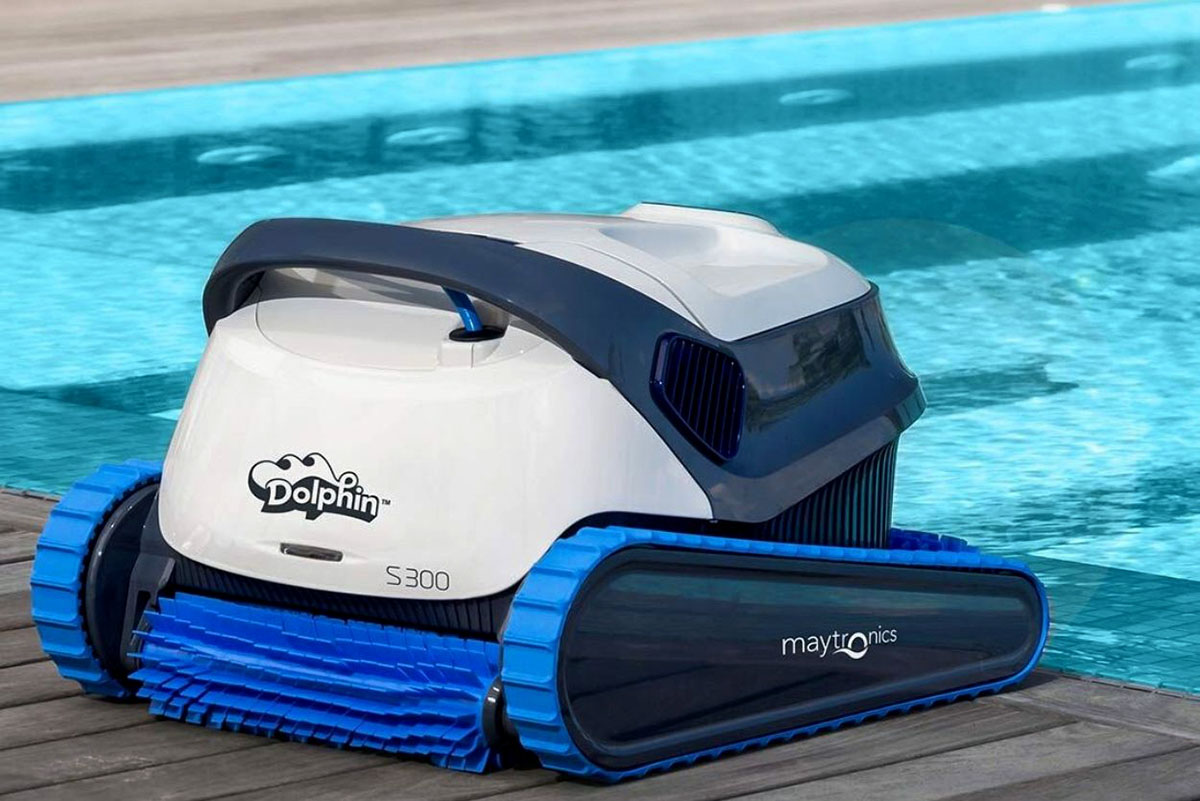
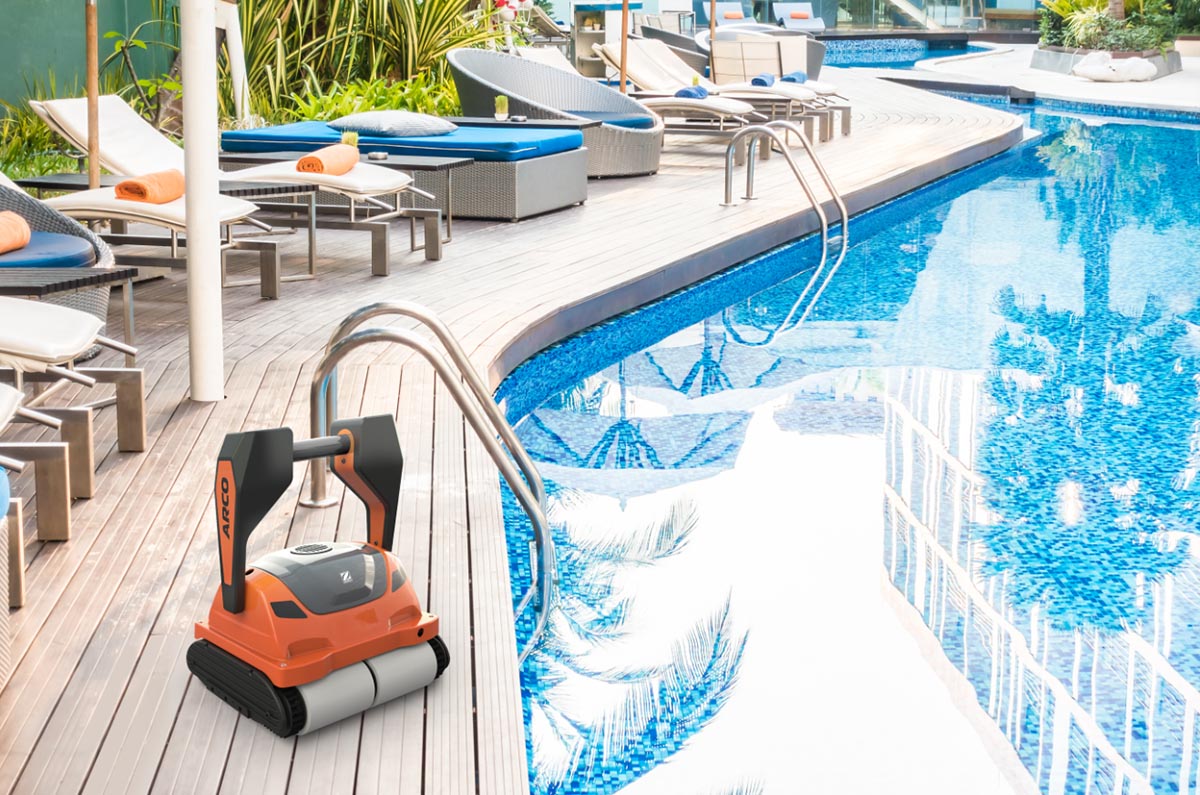
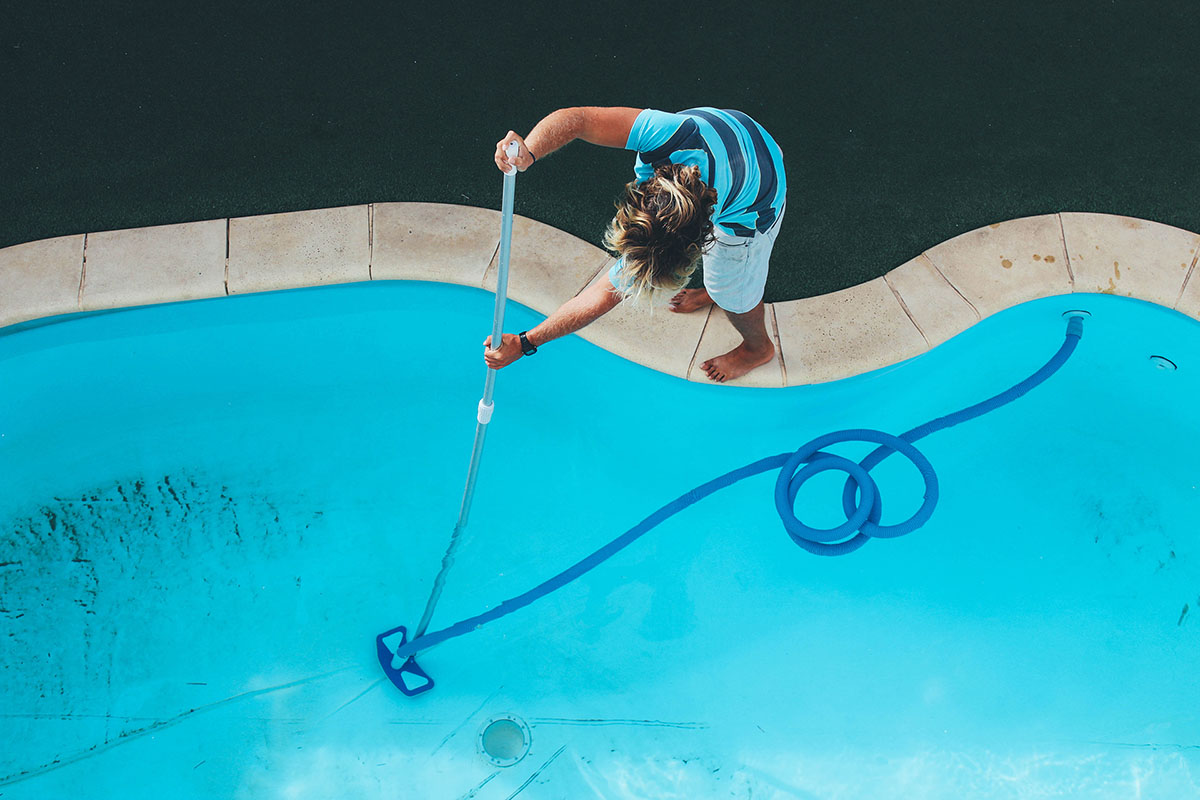
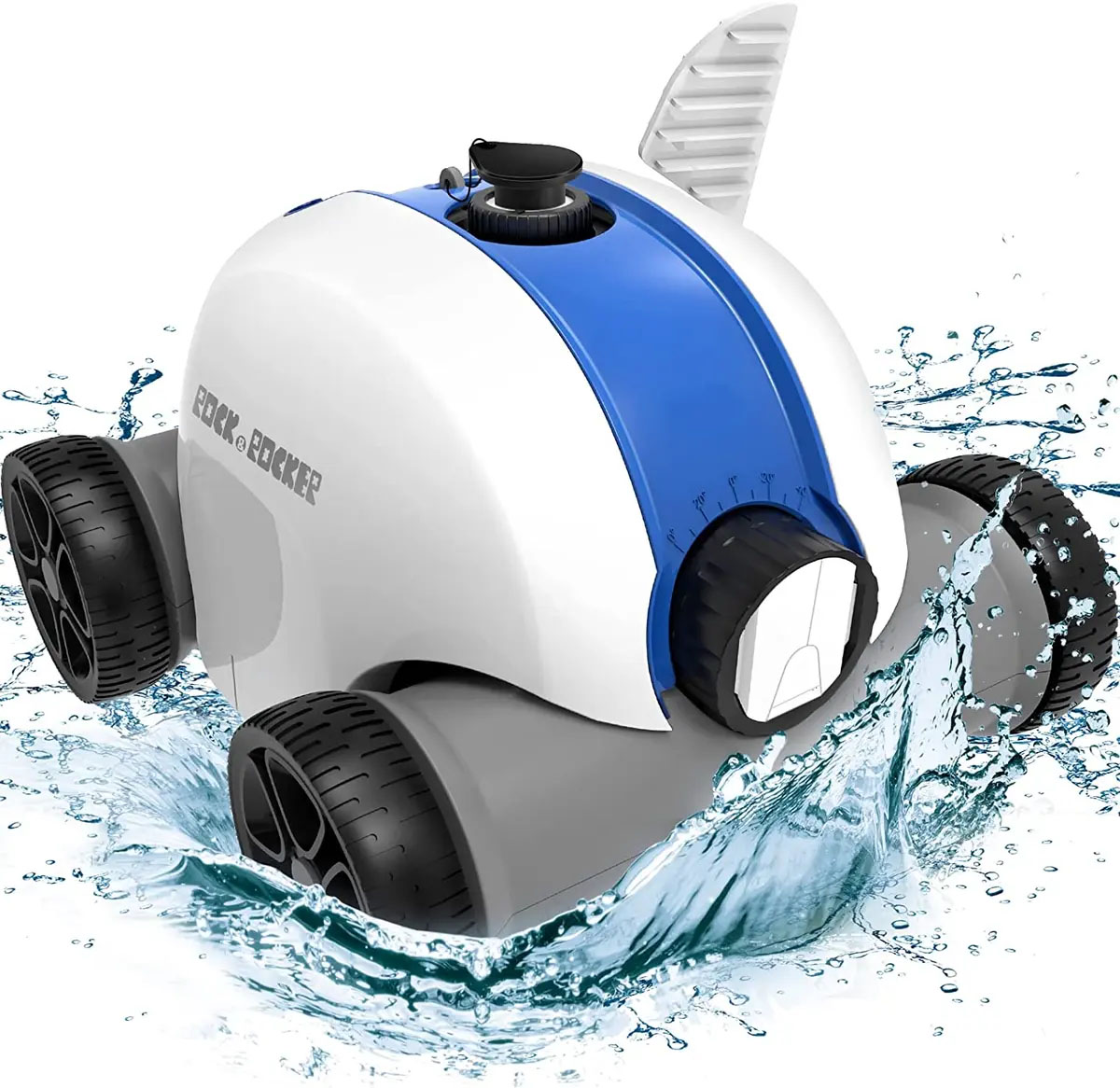
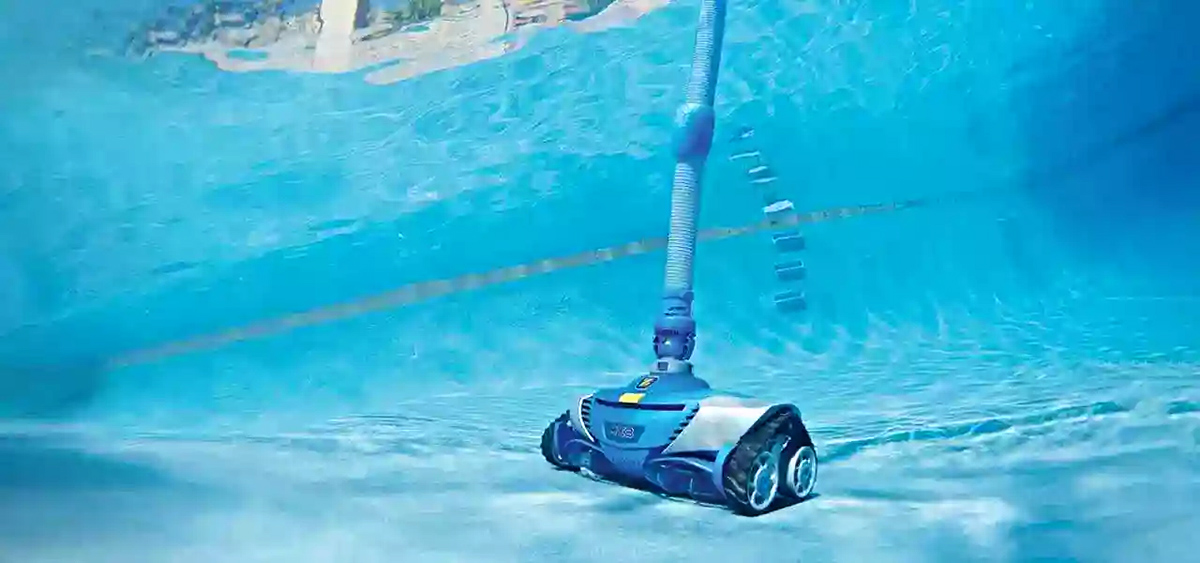
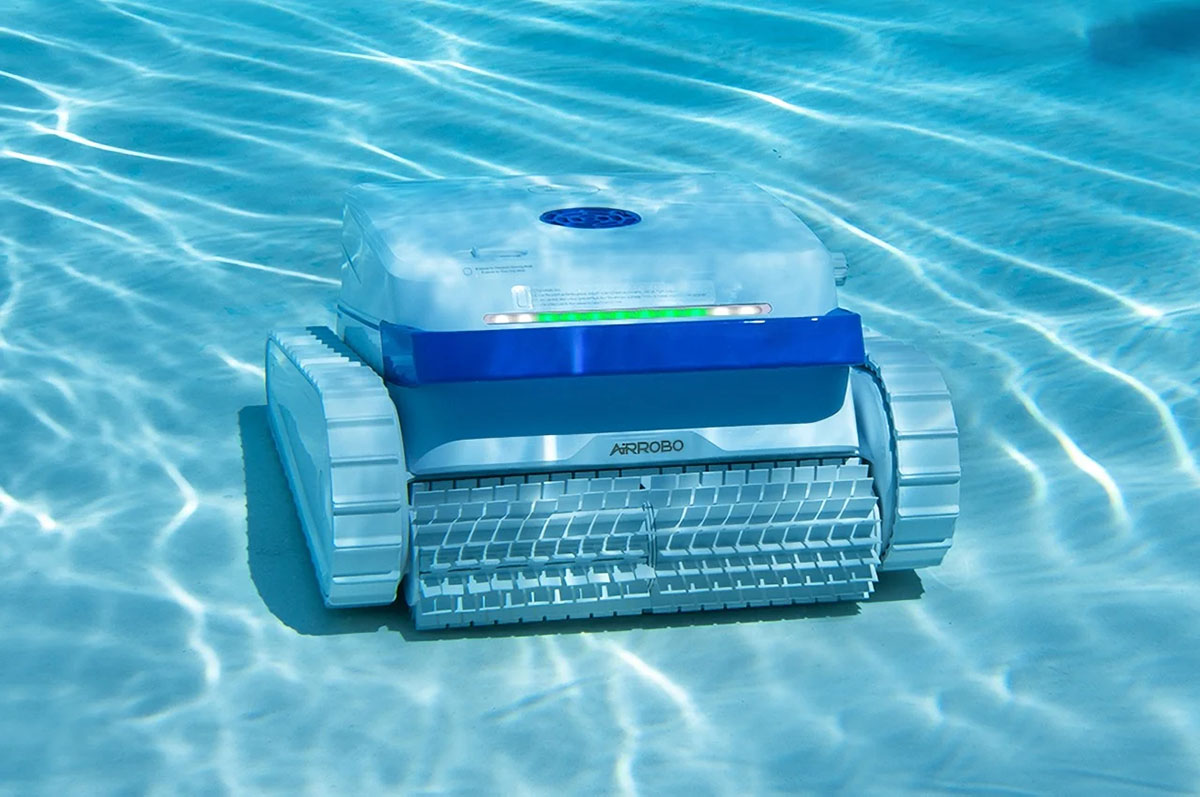
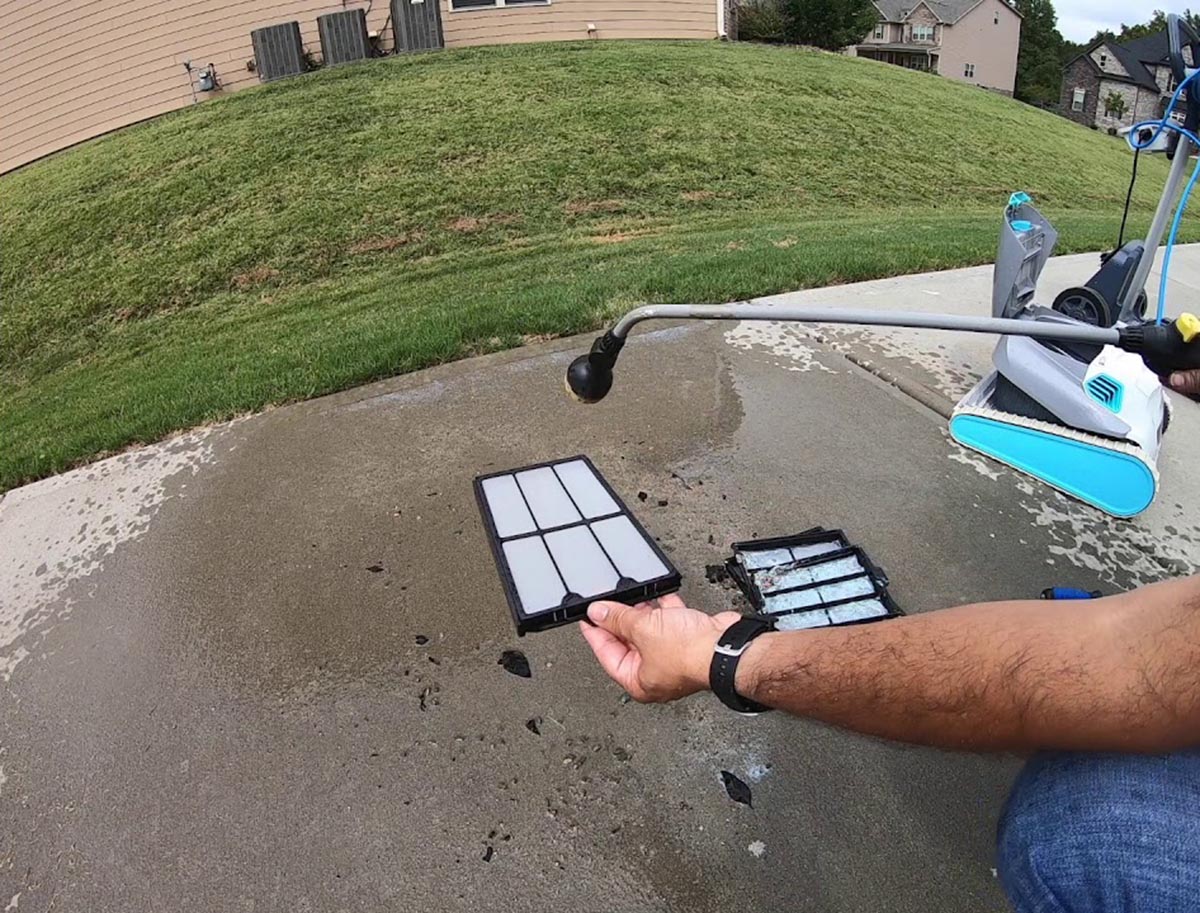
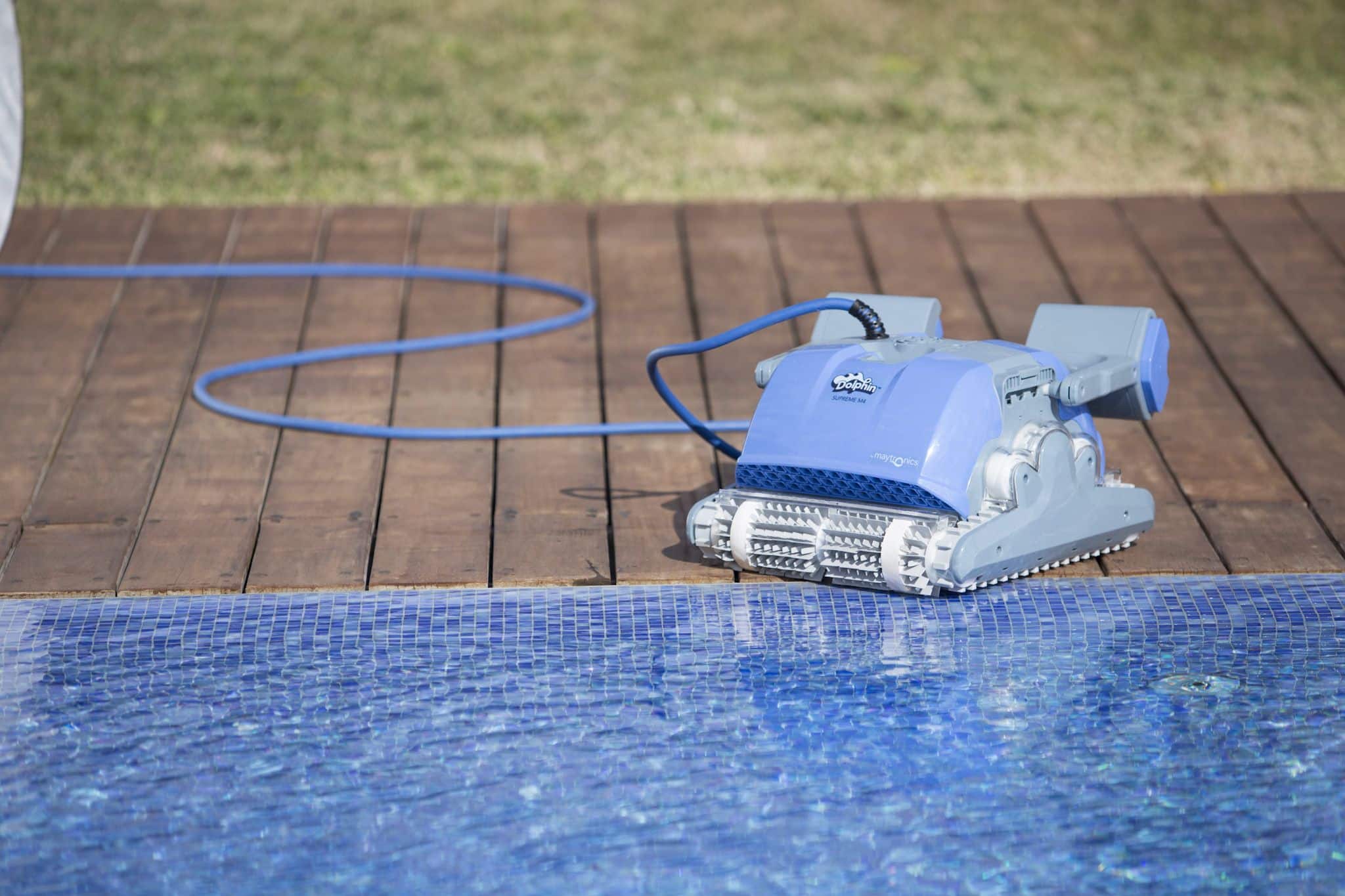
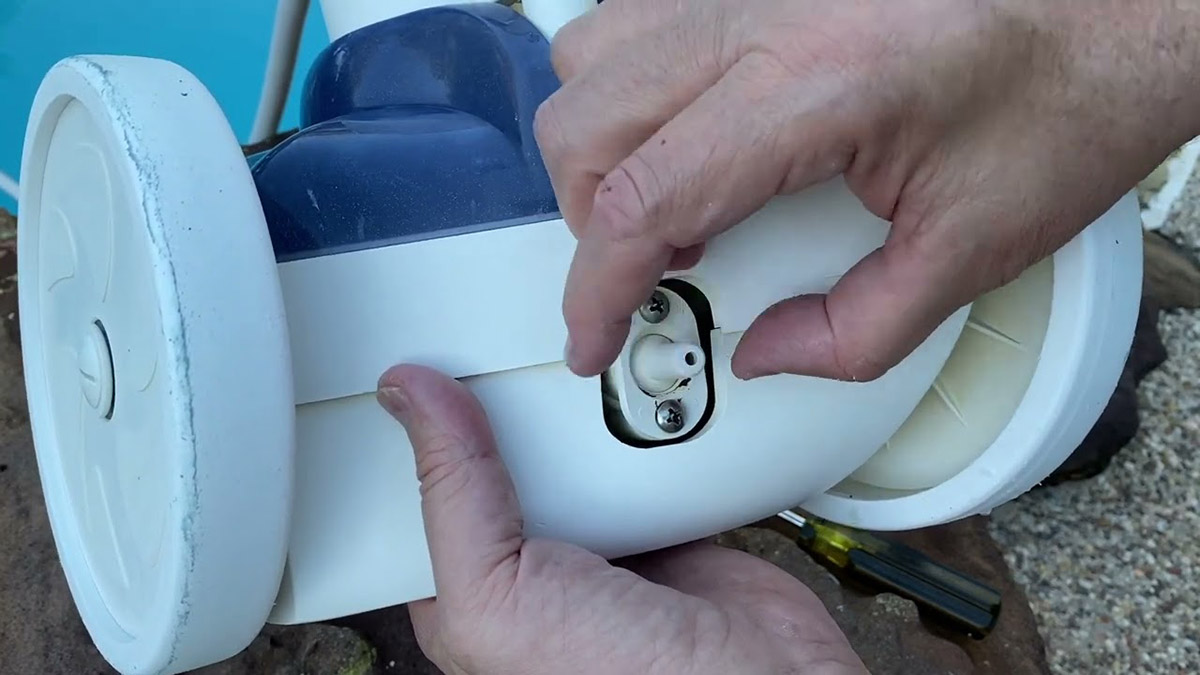
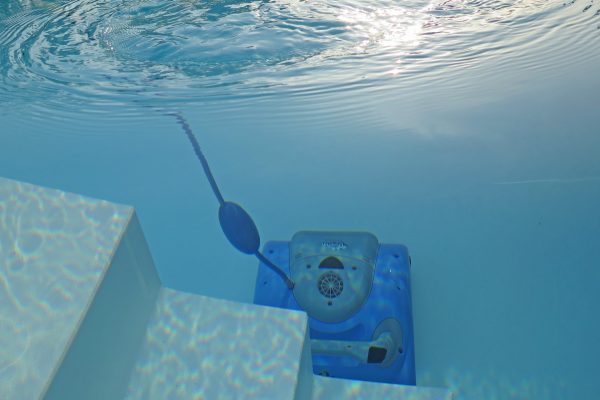
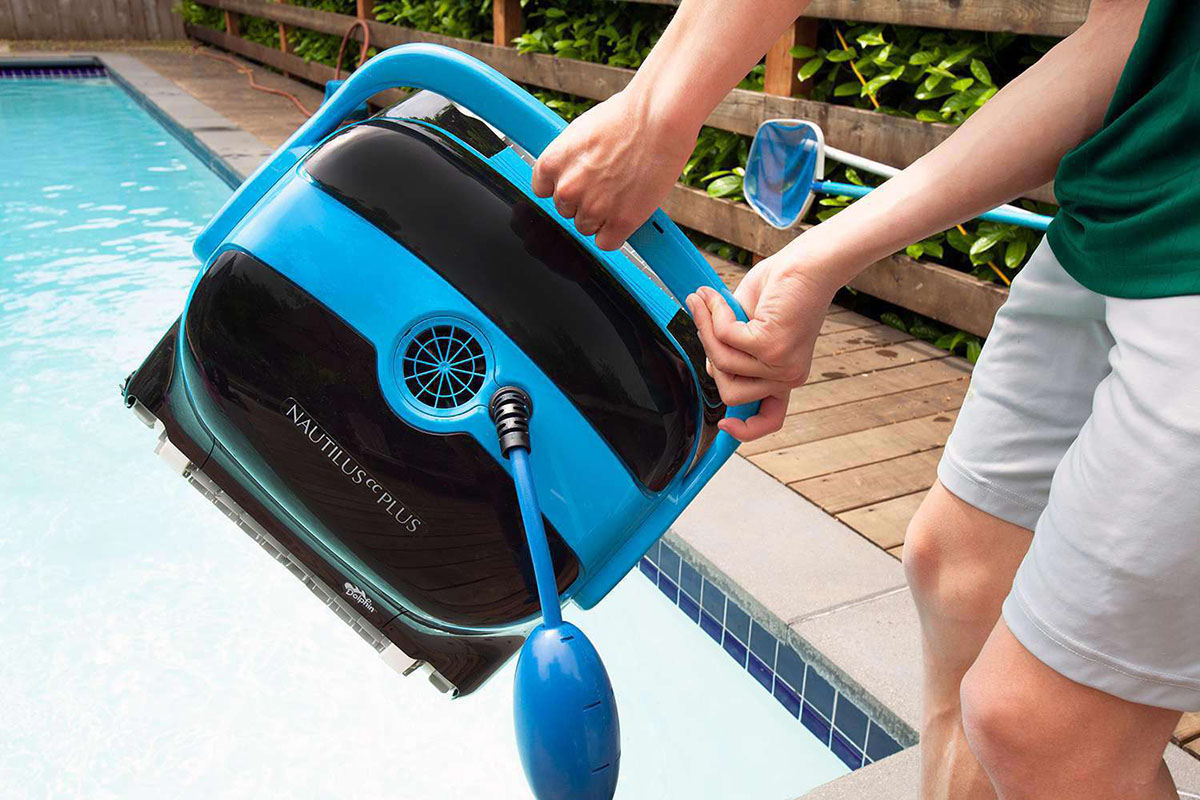
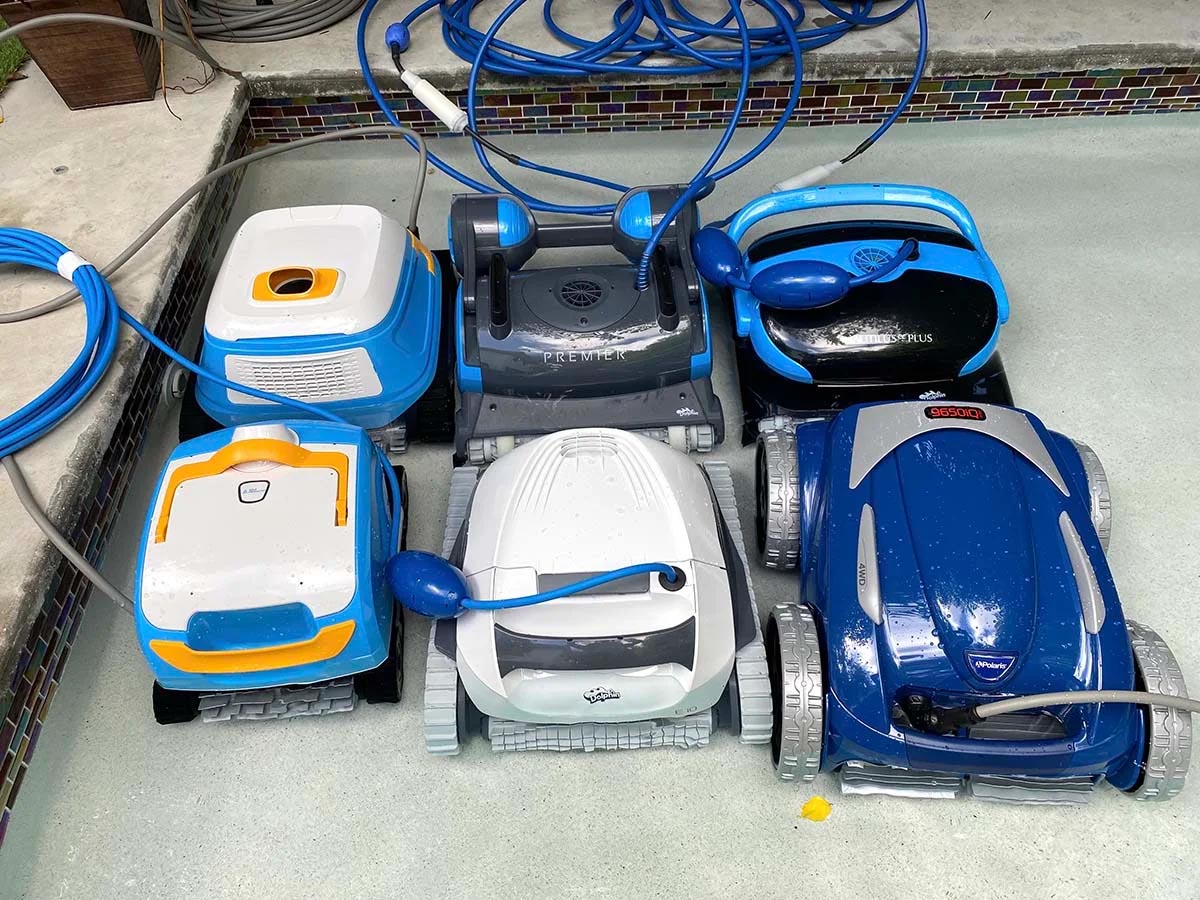
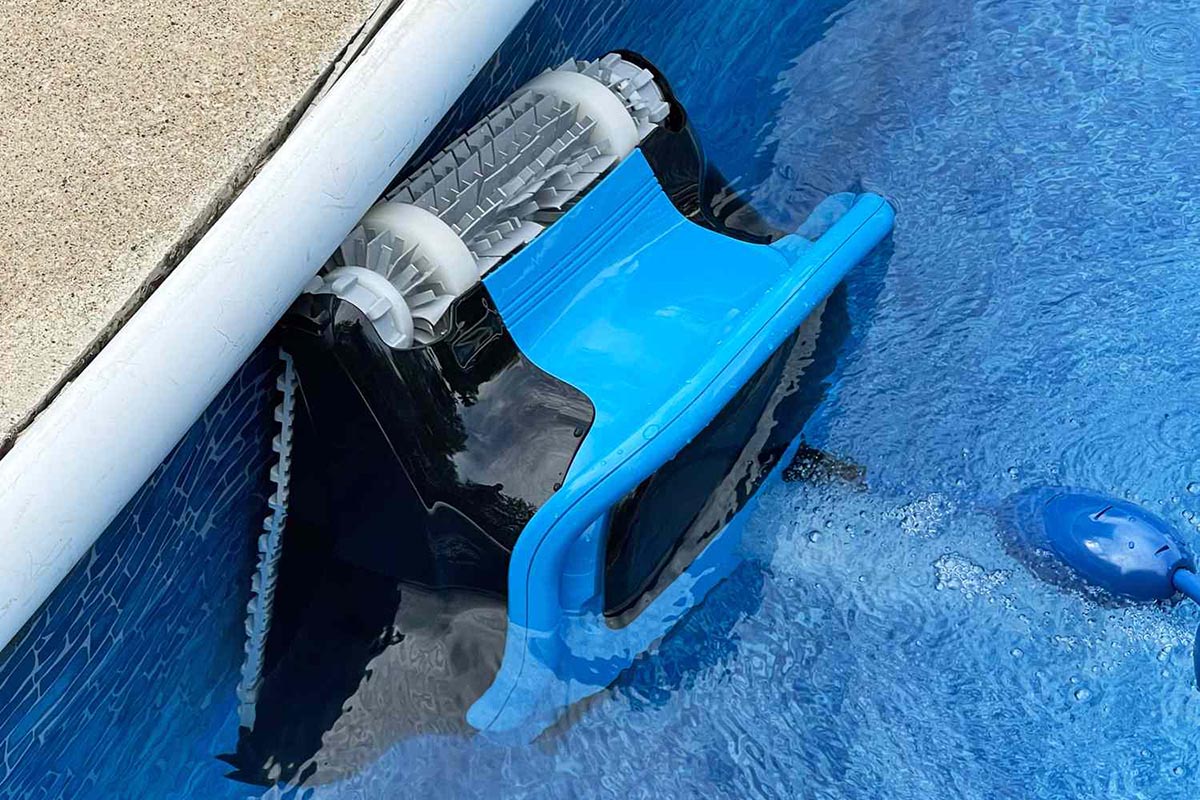
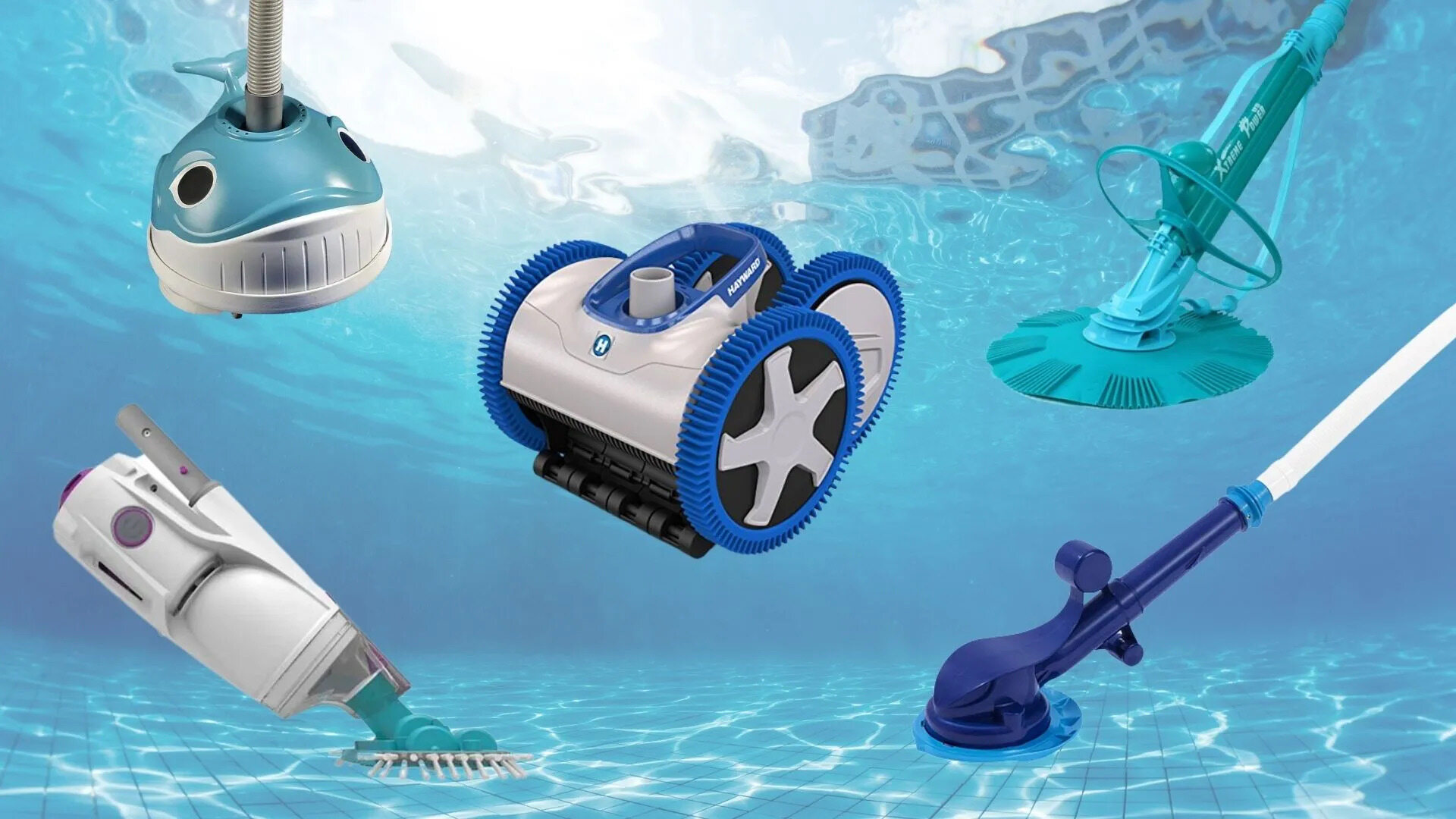

0 thoughts on “How To Use A Pool Cleaner”